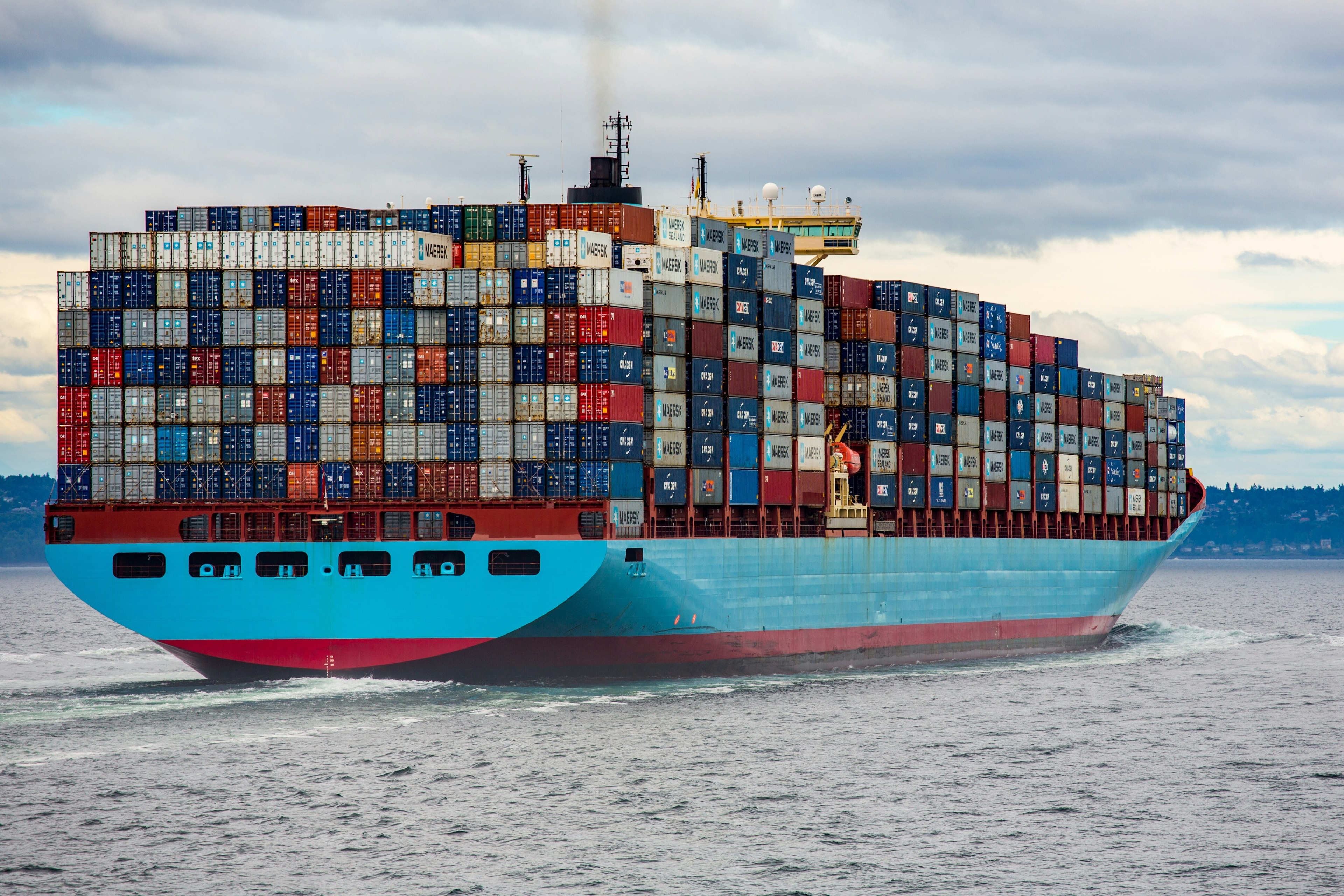Trade can benefit climate action, says this major report

The World Trade Report 2022 explores the link between climate action and trade
Image: Photo by Oleksandr Sushko on Unsplash
Stay up to date:
Trade and Investment
Listen to the article
- The 2022 edition of the World Trade Organization's World Trade Report explores the complex interlinkages between climate change, international trade and climate and trade policies.
- The World Trade Report argues that, although trade can generate greenhouse gas emissions that cause climate change, it can also serve as a force multiplier for climate actions.
- Greater trade cooperation is essential to decarbonise supply chains and make them more resilient to climate shocks and to promote secure and sustainable food systems.
Climate change is reshaping countries’ economic and trade prospects and is a major threat to future growth and prosperity. In 2022 alone, severe floods in Pakistan left a third of the country under water, threatening its food and economic security. Droughts in the Horn of Africa put 37 million people at risk of hunger. Historical levels of heatwaves and droughts lowered water levels from the Yangtze to the Rhine causing electricity shortages and shipping blockages.
Left unabated, climate change could undo much of the progress made over recent decades in development and poverty reduction, with developing countries likely to suffer the most due to their greater exposure and vulnerability to climate risks.
The 2022 edition of the World Trade Organization's (WTO) World Trade Report explores the complex interlinkages between climate change, international trade and climate and trade policies. The World Trade Report argues that, although trade can generate greenhouse gas emissions that cause climate change, it can also serve as a force multiplier for climate actions. Open trade accelerates investment, scales up technological solutions and incentivises the innovation needed to drive progress towards a just and low-carbon future and green jobs.
Trade lowers the cost of climate mitigation
The past decade has witnessed an astonishing reduction in price and a vast improvement in the performance of low-carbon technologies, making renewables a more affordable option than their fossil fuel counterparts. The price of solar power has fallen by almost 90% since 2010, while the efficiency of solar panels has doubled since 1980. Likewise, the cost of electricity from onshore wind fell by nearly 70% in ten years (see Figure 1). The fundamental driver of this change is improvements in technology and production, which are, in part, driven by learning-by-doing and economies of scale enabled by trade and global value chains.

Lowering tariff and regulatory barriers to trade in environmental goods and services can help drive costs down further and accelerate their deployment. The WTO estimates that eliminating tariffs and reducing non-tariff measures on a set of environmental goods can increase global exports of these products by 5%, corresponding to $109 billion, and reduce net carbon emissions by 0.6% by 2030.
Access to low-carbon technologies can also unleash the potential of trade in renewable energy. Many countries have abundant renewable energy resources, such as solar irradiation and wind-power density, that can be harnessed using imported low-carbon technologies. Although technological challenges remain, renewable power generation makes it possible to bypass the logistical difficulties and high costs involved in fossil fuel energy production and transmission. The scheme that delivers solar and wind farm electricity from Morocco to the United Kingdom via an underwater cable, for example, illustrates how developing countries can also harness the opportunities of renewable energy trade.
Trade helps climate change adaptation
Although adapting to climate change will be costly and disruptive, trade and trade policies can contribute to climate change adaptation strategies. International trade can help prepare for climate-related shocks more effectively by supporting the development and access to climate-resilient technologies, such as new drought-resistant crops. Trade in services, such as weather forecasting, insurance, telecommunications and logistics, can also be essential to identify, prevent and reduce climate risks and vulnerabilities and minimise unavoidable losses and damages caused by climate change.
Once climate-related shocks hit, international trade provides access to critical goods and services, such as food, medical supplies and electricity generators. Trade can also contribute to food security by allowing regions that used to rely on domestic agricultural production to import food from less affected regions. High trade costs could, however, prevent such trade-related adjustments. An analysis of the WTO Trade Cost Index reveals that countries more exposed to the direct impacts of climate change tend to bear higher trade costs (see Figure 2).

Trade can leverage synergies and limit undesired impacts
Climate change is a problem of the global commons. It requires global cooperation on all fronts, including trade cooperation. The lack of cooperation may lead to trade tensions and, ultimately, undermine climate actions. Trade agreements are increasingly explicitly addressing climate change, from commitments to adopt climate change policies and promote trade in environmental goods and services to cooperation on climate change mitigation and adaptation (see Figure 3).

Even greater trade cooperation is, however, essential to decarbonise supply chains and make them more resilient to climate shocks and promote secure and sustainable food systems.
Accept our marketing cookies to access this content.
These cookies are currently disabled in your browser.
Don't miss any update on this topic
Create a free account and access your personalized content collection with our latest publications and analyses.
License and Republishing
World Economic Forum articles may be republished in accordance with the Creative Commons Attribution-NonCommercial-NoDerivatives 4.0 International Public License, and in accordance with our Terms of Use.
The views expressed in this article are those of the author alone and not the World Economic Forum.
Related topics:
Forum Stories newsletter
Bringing you weekly curated insights and analysis on the global issues that matter.
More on Trade and InvestmentSee all
Mekhla Jha
September 15, 2025
Kimberley Botwright and Stijn Van Doorn
September 15, 2025
Nagendra Bandaru
September 8, 2025







